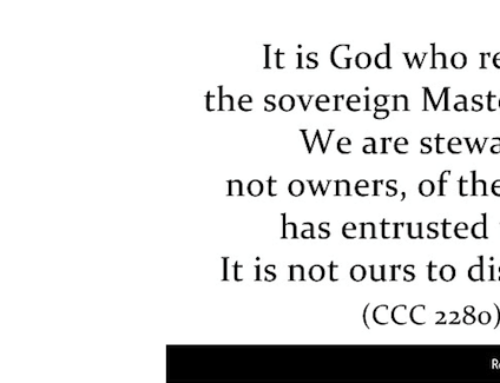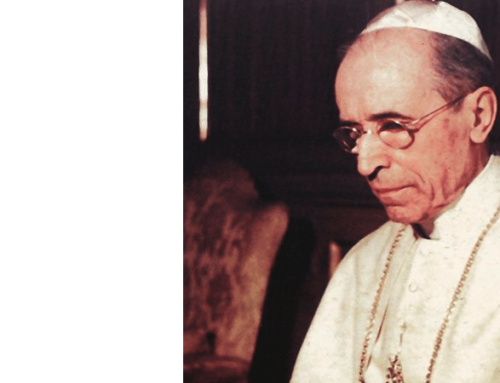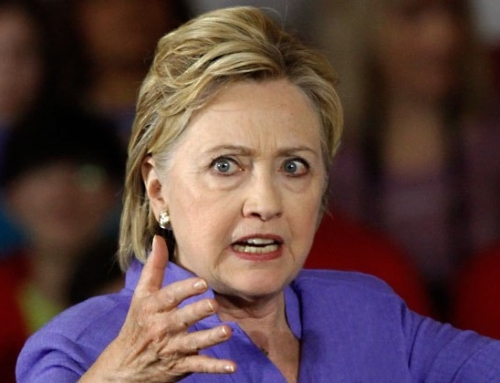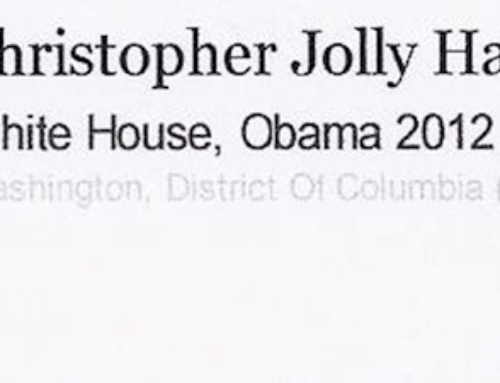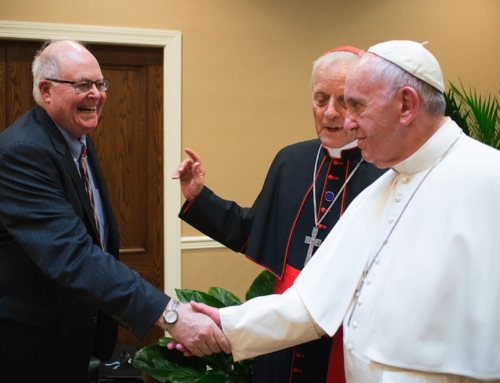by William A. Donohue
(5/20/1998)
Testimony of William A. Donohue, Ph.D., President, Catholic League for Religious and Civil Rights before the United States Civil Rights Commission on May 20, 1998 during a Public Hearing on Schools and Religion.
I very much appreciate the opportunity to testify today on the subject of schools and religion. As president of the nation’s largest Catholic civil rights organization, I am disturbed by the extent to which religious expression is treated as second-class speech in our schools. In addition, I am disturbed by the degree of tolerance for anti-Catholicism that too many school officials exhibit.
There is much talk these days about religious zealots who seek to ban books from school libraries. No doubt such persons exist. But no one seems to want to talk about the book banning that civil libertarians promote. For example, the ACLU has sued in the state of Wisconsin in an attempt to ban the book Sex Respect. Why? Because the book advocates abstinence and, as such, “promotes a religious perspective regarding the ‘spiritual dimension’ of sexuality.” Books that promote condoms and abortion, however, are acceptable to the ACLU because they do not advance a religious perspective. This is what I mean by religious expression being treated as if it were second-class speech.
Something similar happened in California when the ACLU opposed a bill that promoted monogamy in the schools. The Union maintained that “teaching that monogamous, heterosexual intercourse within marriage is a traditional American value is an unconstitutional establishment of a religious doctrine in public schools.” But the ACLU has no problem with schools that promote a radical homosexual agenda and that treat marriage as an alternative lifestyle. In short, sex education that advances a secular agenda is okay but it is not okay if world religions embrace a particular teaching regarding sexuality.
Just as bad are sex education seminars and workshops that disparage the Roman Catholic Church’s teachings on sexual ethics. It is one thing to address homophobia in society, quite another to single out Catholicism for derision; this is a problem that has increasingly come to the attention of the Catholic League.
When books such as The Bible in Pictures and the Story of Jesus are banned from school libraries, we hear nothing from either civil libertarians or those who profess an interest in separation of church and state. But when books that show disdain for Catholicism are assigned to students, for example, The Old Gringo and Anastasia Krupnik, we hear a chorus of free speech from the same quarters. Moreover, when courses on religion or the Bible are introduced, the guardians of liberty raise objections, as witnessed recently in Ohio and Florida.
Perhaps the most consistent complaints regarding religious expression in the public schools that come to the attention of the Catholic League revolve around Christmas celebrations. Not only is there widespread repression of religious speech every December, it is selective in nature: celebrations of Hanukkah are usually tolerated but celebrations of Christmas frequently are not.
Just last year, the Glen Cove School District on Long Island forbade the display of a crèche in the schools (it was donated by the Knights of Columbus) but allowed the display of a menorah. The year before, in Manhattan Beach, California, a public school removed a Christmas tree from school property after a rabbi objected that the tree was a religious symbol; however, the school allowed the display of a Star of David. In northern California, a school in Sacramento banned Christmas celebrations on the theory that Christianity “was not a world religion.”
In 1996, the Catholic League threatened a lawsuit against the Millcreek Township School District in Erie, Pennsylvania when the school district prohibited students from creating artwork that depicted a nativity scene for the annual “Holiday Card Contest.” In the same year, candy canes were confiscated from students at a public school in Scarsdale, New York, even though no one has ever alleged that such treats were in any way religious. Indeed, the same school district even took the word “Christmas” off the spelling list; even green and red sprinkles on cookies, as well as cookies made in the shape of a bell or star, were considered taboo.
In 1997, in Mahopac, New York, Boy Scout students were barred from selling holiday wreaths at a fundraiser, even though a wreath is a secular symbol; Hanukkah gifts, however, were allowed to be sold at the school’s own fundraiser.
In 1997, the Hillsborough Board of Education was more equitable in its bigotry: the New Jersey school board banned class parties for Halloween, Christmas, Hanukkah and Valentine’s Day. In Albuquerque, New Mexico, Highland High School choir director Frank Rotolo tried to appease the politically correct police by agreeing to remove Christian songs from the Christmas Concert, and he even acceded to their demand that the concert’s name be changed to “A Winter Concert,” but that still didn’t satisfy the appetite to sanitize the schools of religious expression: the choir director was suspended by the principal.
Last December, I confronted an attorney for New York City Schools Chancellor Rudy Crew regarding the practice of banning crèches in the schools while allowing menorahs. At first, she cited the 1989 County of Allegheny v. ACLU decision to buttress her case, but when I pointed out that that decision undermined her case—making the argument that the high court declared a menorah to be a religious symbol, not a secular one—she quickly retreated. Such ignorance strikes me as willful.
The Catholic League has even had to intervene in securing release time for students who were penalized for attending religious instruction at night in lieu of participating in the school’s concert.
The inequities cited are bad enough, but what is worse is the flagrant bigotry that Catholic students endure in some public schools. For example, in April, 1997, the art department at La Guardia High School in Manhattan authorized the distribution of fliers that depicted an image of the Sacred Heart of Jesus in a sexually explicit way. There was another artistic contribution that showed a sketch of a man with “HEBRO” written across his head and “EVIL JEW” scripted above the figure. An arrow was pointed at him by a man holding a large penis. The man comments “Jesus I gots a present fo’ yo’ preachy ass!!” There were several other works of art that depicted Catholic schoolgirls in a vile way.
In 1997, Catholic students in Danville, California had to sit through the anti-Catholic movie, The Last Temptation of Christ; it was shown during Holy Week and when students complained about the explicit violence, sex scenes and bigotry, they were mocked by their teacher. The Catholic League has also encountered teachers and students in Middletown Township, New Jersey, who have had to endure anti-Catholic commentary in the school district’s newsletter.
This spring, in Santa Fe, New Mexico, Catholic students were prohibited from wearing T-shirts with an image of Our Lady of Guadalupe on them. In a well-reported case, students in a Houston suburb were denied the right to wear rosaries to school. And who can fail to recall the abuse and heckling that Christian students endured at the hands of antireligious extremists in Kentucky, a situation that culminated in the deaths of three students at Heath High School in West Paducah?
In 1995, President Clinton released a memo on religious expression in the public schools that is commendable in its clarity. The problem is that his directive, like those of the courts, have been ignored with impunity.
Not until religious expression in the public schools is given the same respect and latitude that is accorded secular speech, will we resolve this problem. In the meantime, we need to end the discriminatory practice of barring the use of public monies to promote religion while allowing public monies to be spent bashing religion. Schools that are sued for allowing “Jesus Christ Superstar” but are told to back off when objections are raised to putting on “Oh! Calcutta!” need relief, and no one needs it more than the Catholic schoolchildren who suffer through these injustices.


